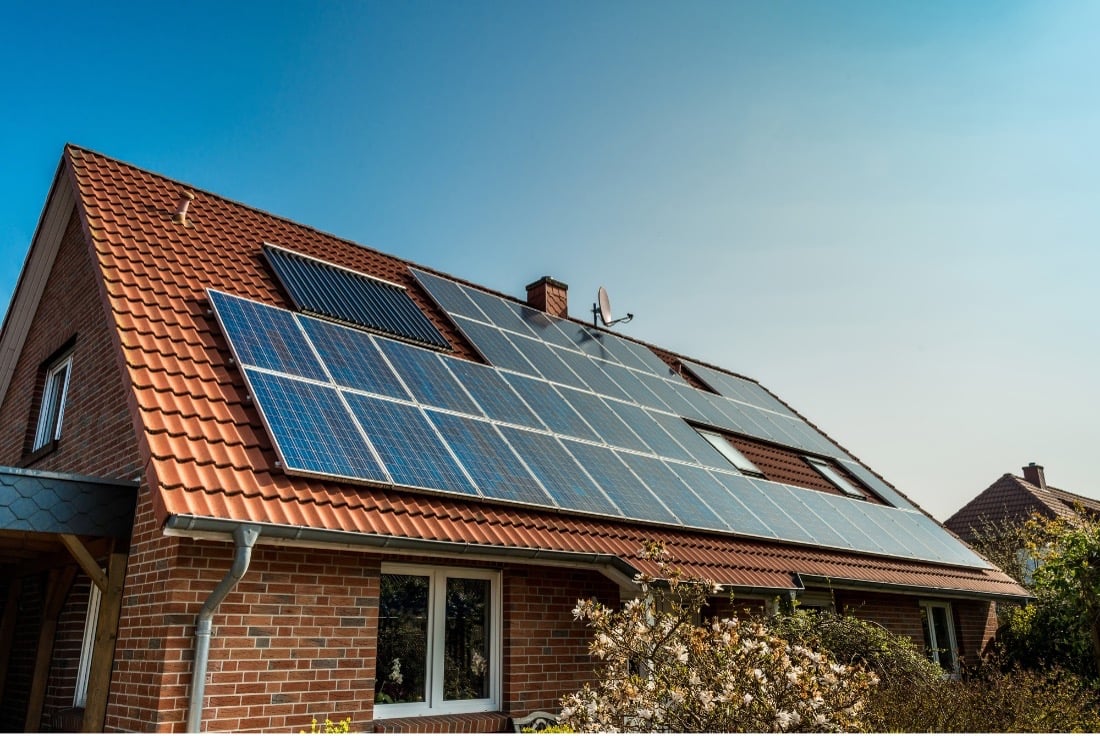
The price of electricity in New Zealand continues to climb. A report by Statista shows it rising from 26.89 New Zealand cents per kilowatt-hour in 2013 to 30.22 in 2022.
This price hike, then add to it the mounting environmental worries, has pushed many homeowners to solar energy as it provides an appealing combo of lower electricity bills, a reduced carbon footprint and more freedom from the traditional power grid. If you've wondered whether solar panels could work for your home, a key question is how many of these panels would it take to power your household fully?
While there's no universal answer, this article unpacks the factors determining your home's ideal solar system size.
Understanding your family's energy consumption.
A typical New Zealand home uses around 7261 kWh of electricity yearly. But that number differs widely based on your situation. Larger households with more people use more energy daily. The specific appliances you own and how often you use them also play a major role. For example, running a heat pump, electric water heater, pool, or spa can quickly increase your power usage.
To accurately grasp your energy needs, analyse your electricity bills from the past year. Tally up your average daily and monthly consumption to help you and a solar installer determine the appropriate system size.
Figuring out solar panel power output
Not all solar panels generate energy equally. Today's standard residential panels range from 380 to 480w. In addition, your location within New Zealand matters quite a bit.
Regions that receive more daylight hours annually will logically yield more energy from the same solar setup. The orientation and angle of your home's roof also impact sunlight exposure and, thus, panel productivity.
A qualified solar technician can account for all these variables. They'll study the conditions of your property and roof to estimate realistic expectations about how much energy each panel could produce for your household.
Doing the math
Here's a basic formula to estimate your solar panel requirements:
(average daily energy use in kWh) / (solar panel wattage X average sunlight hours per day X system efficiency percentage) = number of solar panels needed.
Generally, an 80% efficiency rate allows for energy losses within the system.
Here’s an example: if you consume 8,000 kWh annually, install 300W panels and bask in 4.5 hours of sun daily, the math looks like this: (8,000 kWh / 300W panel X 4.5 sunlight hours X 0.80 efficiency) = ~10 solar panels. Remember, this simplified calculation is just a starting point and estimate. An experienced solar pro will provide a tailored system design unique to your situation.
Additional factors to keep in mind
Your roof's physical space is crucial because it determines the maximum number of solar panels you can install. Ideally, you want a north-facing roof with minimal shading for optimal sun exposure. If space is tight, investing in higher-efficiency panels can help maximise power generation.
Energy storage add-ons, like solar batteries, can truly revolutionise how you leverage solar electricity. These keep excess energy created during sun-drenched days for use at night or when the power cuts out. While boosting upfront costs, for some households, they provide essential energy independence.
Why is solar power worthwhile?
For many homeowners, slashing expensive electric bills is the most tangible and motivating benefit of transitioning to solar power. After installing the system, the clean electricity generated from your panels is free, shielding your bank account from rising utility costs.
While solar setups demand significant upfront investment, projections show most
homeowners recouping that initial outlay over their panel system's long lifespan (often 25+ years). Moreover, loan financing and potential government solar incentives can make this clean energy shift more financially feasible.
But for many Kiwis, the rewards of solar extend far beyond the bottom line. Sourcing your electricity from the sun instead of fossil fuels dramatically shrinks your carbon footprint and environmental impact. Every solar panel that pops up on another home moves New Zealand incrementally closer to its ambitious goal of reaching 100% renewable electricity by 2030.
On a micro level, deciding to go solar means tidier mountain air for your neighbourhood, healthier oceans for marine life and a more stable climate future for your children and grandchildren.
Additionally, embracing solar energy amplifies your independence from traditional electric utilities. With enough panels and backup batteries, your home can run smoothly during community power outages. Relying more on the sun's reliable rays also shelters you from volatile energy prices subject to complex geopolitical and market forces. Think of it as welcoming the light of energy freedom into your life.
Final thoughts
Figuring out the ideal solar panel count is your household's unique energy use habits,
location, roof size and angles, and budget. Rather than trust online estimators, your best bet is to contact a professional solar firm. They'll guide you through the process, designing a custom system that matches your home's conditions and keeps you running clean and green for decades.








